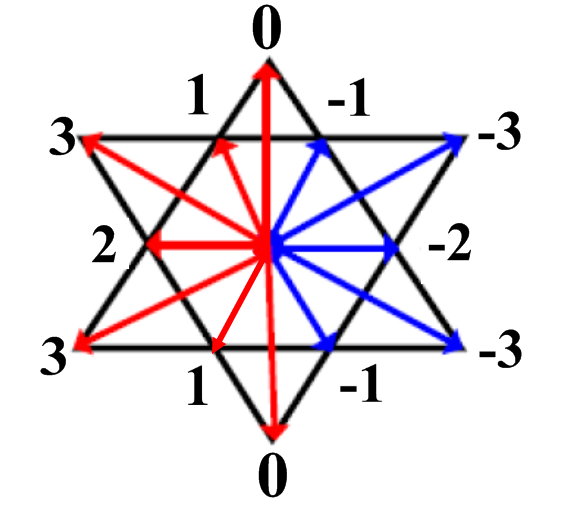

  |
Equivalence, invariants, and
symmetries of vector distributions
|
Speakers Program Abstracts List of Participants How to come to IHP Registration |
| December 10,
Wednesday |
December 11,
Thursday |
December 12, Friday | |
| 8:30-9:00 |
Registration |
||
| 9:00-10:00 |
R. Bryant |
J.-M. Hwang |
A. Isaev |
| 10:00-10:30 |
Coffee break |
Coffee break |
Coffe break |
| 10:30-11:30 |
T. Morimoto |
C. Robles |
R. Montgomery |
| 11:35-12:35 |
B. Kruglikov |
B. Doubrov |
A. Kaplan |
| 12:35-14:00 |
Lunch |
Lunch |
Lunch |
| 14:00-15:00 |
A. Cap | G. Bor |
J. Slovak |
| 15:05-16:05 |
V. Jurdjevic | S. Ignatovich | V. Beloshapka |
| 16:05-16:35 |
Coffee break |
Coffee break | Coffee break |
| 16:35-17:35 |
A. Ottazzi |
M. Dunajski | M. Hammerl |